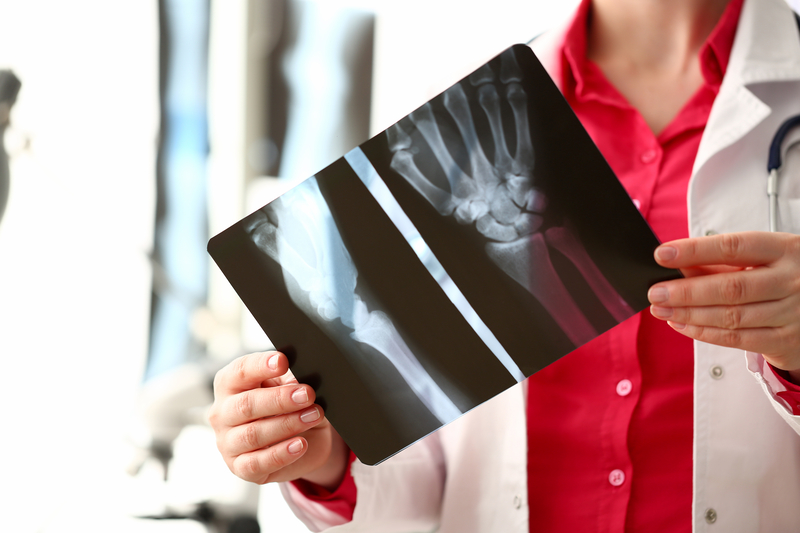Nutrition recommendations for preventing and recovering from bone breaks, stress reactions, or stress fractures.
By Emily C. Harrison MS, RD, LD
With our highly active and high impact lifestyles, dancers can be prone to bone stress. What can you do ensure your bones are ready for the demands of dance?
Bone is living tissue, and good bone health requires good nutrition. One way to avoid stress fractures/ reactions is to get adequate calories from protein, carbs, and fat. Calorie needs for dancers can vary depending on your size, age, gender, and activity level. (See Dancernutrition.com for information on estimating calorie needs). Going for long periods of time without eating or extreme dieting will compromise bone mineral density and jeopardize your bone strength. Cutting your calories too heavily will not help you become a stronger dancer.
Hormones also play a big role in bone health. Decreased or absent menstruation in females is a warning sign. Please see a health care professional if dietary intake or menstruation is a problem.
Vitamins and Minerals for bone health, ages 13 and up
Calcium: 1300-1500 mg
Vitamin D: 10-15 micrograms (600-800 IU) avoid large doses and get 15 min of sun/day
Vitamin C: 100 mg (avoid large doses)
Vitamin K: 75-90 micrograms
Phosphorus: 1250 mg/day
Did you know that you can get all these from food sources?
Protein: Did you know that too much can actually compromise bone health over time?
Protein needs vary throughout our lifespan. For more information about recommended protein intake read Protein Needs for Dancers from the November Edition. More than enough protein is not necessarily better. Dancers who are adolescents and still growing, as well as engaging in athletic activity several times per week, can estimate protein on the higher end of the range, but shouldn’t over do it. High protein diets can lead to more calcium being lost from the bones – a big problem for dancers who are at higher than average risk for stress fractures. Protein overload = weaker bones. Get your protein from food sources like beans, nuts, seeds, whole grains and if necessary, get small amounts from meat or dairy. Protein supplements or powders are not necessary and can even be dangerous.
Dietary sources of bone building nutrients:
- Everyone knows that dairy is a great source of calcium, but there are other plant-based sources of calcium too, like almonds. If your dairy intake is restricted, choose calcium fortified soy milk, almond milk, or orange juice w/ calcium.
- Greens: spinach, kale, collards, chard
- All fruits (great sources of vitamin C and phytonutrients)
- Tuna, eggs, beans
- Sunflower seeds, almonds
- Enriched cereals, oatmeal with almond milk
 Emily Cook Harrison MS, RD, LD
Emily Cook Harrison MS, RD, LD
Emily is a registered dietitian and holds both a bachelor’s and master’s degree in nutrition from Georgia State University, USA. Her master’s thesis research was on elite level ballet dancers and nutrition and she has experience providing nutrition services for weight management, sports nutrition, disordered eating, disease prevention, and food allergies. Emily was a professional dancer for eleven years with the Atlanta Ballet and several other companies. She is a dance educator and the mother of two young children. She now runs the Centre for Dance Nutrition and Healthy Lifestyles. She can be reached at emily@dancernutrition.com www.dancernutrition.com
















Pingback: Amanda Jenkins